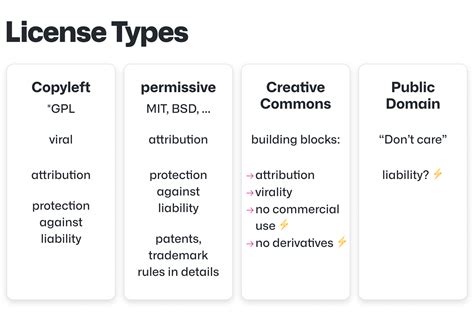The recent introduction of PaliGemma, an AI model by Google, has sparked a whirlwind of discussions among tech enthusiasts. While some praise its capabilities and speed, others question the true essence of its open-source nature. KaoruAoiShiho’s comment on the model being ‘outdated’ due to it being a combination of two models instead of natively multimodal raises valid concerns about the definition and standards of multimodal AI models. It prompts us to reflect on the evolving landscape of AI technologies and the expectations from industry giants like Google.
Additionally, the commentary on the licensing terms of PaliGemma sheds light on a critical aspect of AI development – data usage and legal frameworks. User comments like iFire’s observation regarding the non-FLOSS nature of PaliGemma’s terms and conditions point to the complexities of using proprietary AI models in commercial and research settings. The notion of ‘openwashing,’ highlighted by slowhadoken, brings attention to the practice of labeling models as ‘open’ without aligning with traditional open-source principles, inviting scrutiny from the tech community and beyond.
Furthermore, the debates surrounding intellectual property rights, particularly in the context of AI models like PaliGemma, emphasize the need for transparency and ethical considerations in deploying such technologies. Actionfromafar’s mention of the OSI definitions and SPDX list underscores the importance of clear guidelines and industry standards to navigate the intricate landscape of AI licenses and usage protocols. As the AI ecosystem continues to evolve, addressing these legal and ethical nuances becomes imperative for fostering innovation while upholding responsible AI practices.
Amidst the technical discussions, the practical implications of accessing and utilizing AI models like PaliGemma come to the forefront. User experiences shared by JeremyHerrman and Jensson offer insights into the performance and applicability of the model for diverse tasks such as OCR accuracy and object detection. Their firsthand perspectives showcase the real-world impact of AI technologies and the varying opinions on model efficacy across different use cases. These anecdotes provide a valuable narrative on the practical usability and performance benchmarks of state-of-the-art AI models.
In conclusion, the discourse surrounding PaliGemma goes beyond technical functionalities to delve into broader themes of transparency, ethics, and community standards in the AI landscape. By examining user comments that critique, analyze, and appreciate various aspects of the model, we gain a multifaceted understanding of the opportunities and challenges inherent in deploying advanced AI technologies. As the AI field continues to advance, engaging in constructive dialogues around licensing, usage policies, and performance benchmarks will be instrumental in shaping a responsible and inclusive AI ecosystem for the future.


Leave a Reply